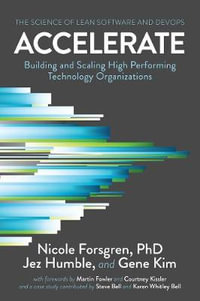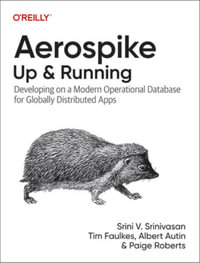
Linear Programming and Generalizations
A Problem-Based Introduction with Spreadsheets
By: Eric V. DeNardo
Hardcover | 23 July 2011
At a Glance
Hardcover
$163.22
Aims to ship in 7 to 10 business days
When will this arrive by?
Enter delivery postcode to estimate
Industry Reviews
From the reviews:
"This text includes a more in-depth review of LP, lending the student thorough knowledge of the art and science of problem solving using LP. ... Undergraduate students in applied commerce or business programs are clearly part of the audience. It is also suitable for a course that introduces LP, its application, and its integration with widely used software ... . Practitioners with an interest in refreshing their knowledge in LP or expanding their knowledge to include LP will be equally satisfied by this book." (Geoffrey T. Pond, Interfaces, Vol. 42 (3), May-June, 2012)
ISBN: 9781441964908
ISBN-10: 1441964908
Series: International Series in Operations Research & Management Science
Published: 23rd July 2011
Format: Hardcover
Language: English
Number of Pages: 684
Audience: Professional and Scholarly
Publisher: Springer Nature B.V.
Country of Publication: US
Dimensions (cm): 23.39 x 15.6 x 3.66
Weight (kg): 1.13
Shipping
| Standard Shipping | Express Shipping | |
|---|---|---|
| Metro postcodes: | $9.99 | $14.95 |
| Regional postcodes: | $9.99 | $14.95 |
| Rural postcodes: | $9.99 | $14.95 |
How to return your order
At Booktopia, we offer hassle-free returns in accordance with our returns policy. If you wish to return an item, please get in touch with Booktopia Customer Care.
Additional postage charges may be applicable.
Defective items
If there is a problem with any of the items received for your order then the Booktopia Customer Care team is ready to assist you.
For more info please visit our Help Centre.
You Can Find This Book In
This product is categorised by
- Non-FictionMathematicsOptimisationLinear Programming
- Non-FictionBusiness & ManagementOperational Research
- Non-FictionMathematicsApplied MathematicsMathematical Modelling
- Non-FictionEngineering & TechnologyMechanical Engineering & MaterialsProduction & Industrial Engineering
- Non-FictionBusiness & ManagementManagement & Management TechniquesManagement of Specific AreasProduction of Quality Control Management
- Non-FictionEngineering & TechnologyTechnology in GeneralEngineering in General
- Non-FictionComputing & I.T.Graphical & Digital Media Applications3D Graphics & Modelling
- Non-FictionEngineering & TechnologyTechnology in GeneralMaths for Engineers
- Non-FictionBusiness & ManagementManagement & Management TechniquesManagement Decision Making
























